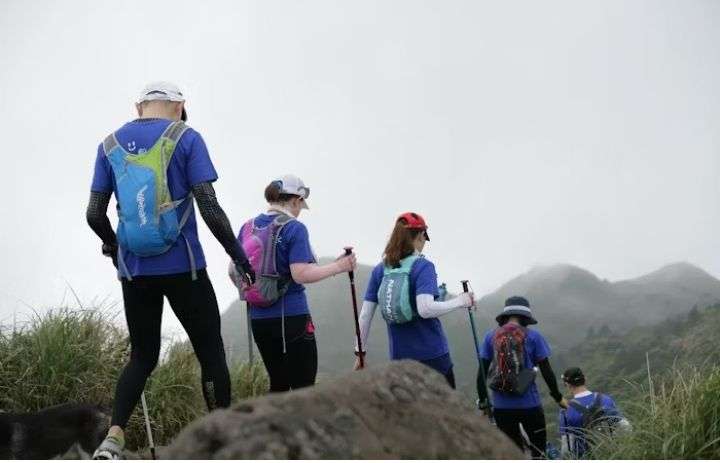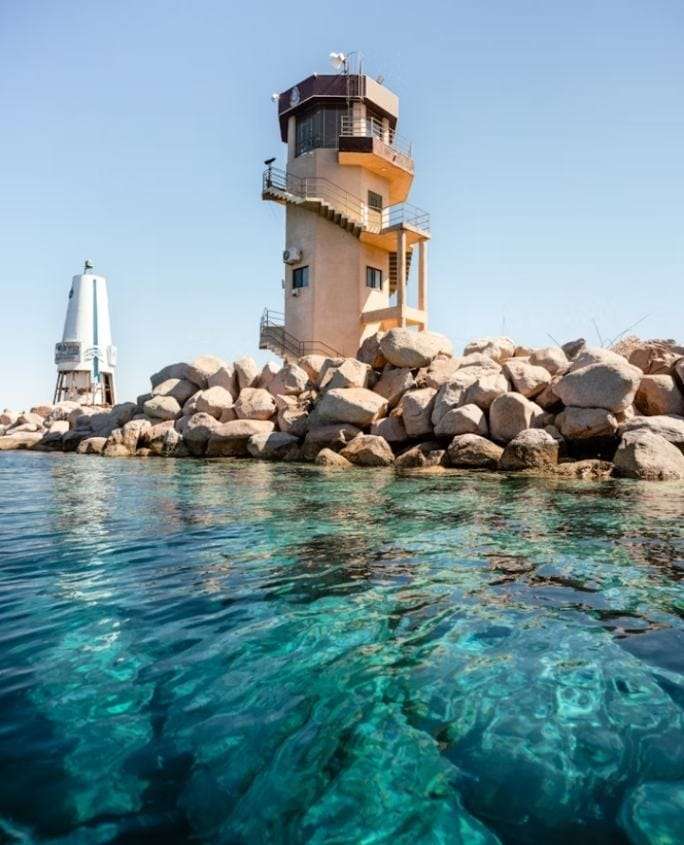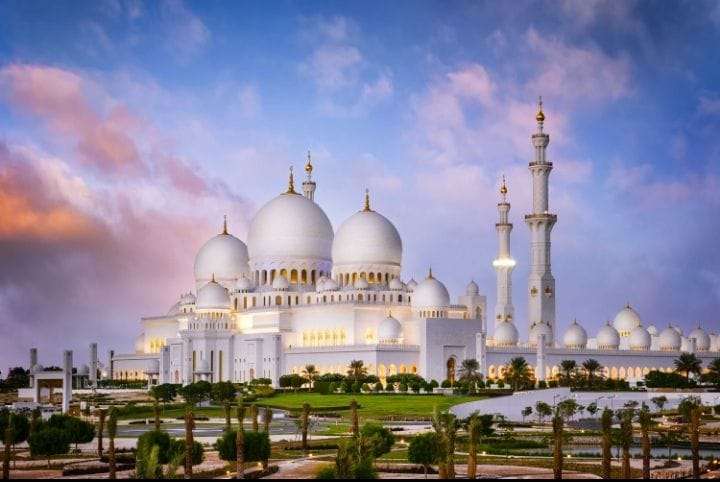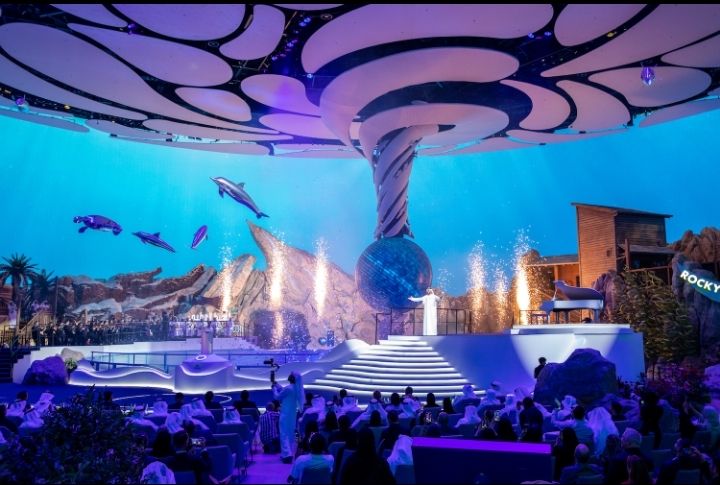Multan, located in the heart of Pakistan, is one of the country’s oldest cities with a rich history that dates back thousands of years. Often referred to as the “City of Saints” or the “Madina-tul-Auliya” due to its numerous shrines and mausoleums, this city holds a special place in the cultural and religious landscape of Pakistan. In this article, we will take you on a virtual tour of some of the historical and famous places to visit in Multan.
https://youtu.be/ac-Wpfrcit0?si=KcG7ujHfu56P1MHO
Contents
- 1 basic features of multan
- 2 famous places to visit in multan
- 2.1 Multan Fort:
- 2.2 Shah Rukn-e-Alam’s Mausoleum:
- 2.3 Qasim Bagh:
- 2.4 Multan Museum:
- 2.5 Ghanta Ghar (Clock Tower):
- 2.6 Shahi Eid Gah Mosque:
- 2.7 Chowk Bazaar:
- 2.8 Haram Gate:
- 2.9 Baha-ud-din Zakariya University:
- 2.10 Multan Cricket Stadium:
- 2.11 Fort Kohna:
- 2.12 Nishtar Park and Sports Complex:
- 2.13 Loha Pol (Iron Gate):
- 2.14 Multan’s Shrines:
- 2.15 Multani Sohan Halwa Shops:
- 2.16 Allama Iqbal Open University (AIOU) Multan Campus:
- 2.17 Multan Arts Council:
- 2.18 Chauburji:
- 2.19 Multan Railway Station:
- 2.20 Multan Garrison Mess:
- 2.21 Damdama:
- 2.22 Multan Institute of Cardiology:
- 2.23 Multan Camel and Horse Farms:
- 2.24 Ghaus-ul-Azam Institute:
- 2.25 Multan’s Educational Institutions:
- 2.26 Multan Chamber of Commerce and Industry Building:
- 2.27 Multan’s Sufi Music Scene:
- 2.28 Multan’s Street Food Stalls:
- 2.29 conclusion
- 2.30 Frequently Asked Questions (FAQ) about Special Foods and Unique Culinary Practices in Multan:
basic features of multan
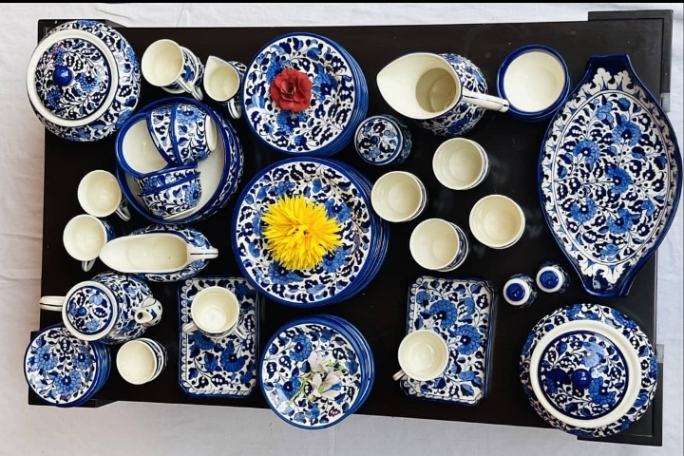
Vibrant Markets and Cultural Melting Pot
The city is renowned for its vibrant bazaars, where traditional handicrafts, colorful fabrics, and intricate pottery are sold. Multan is particularly famous for its high-quality cotton goods, which have earned it the title of the “City of Cotton.” The bustling markets, such as the Ghanta Ghar (Clock Tower) market, showcase the city’s commercial spirit and provide a glimpse into its lively atmosphere.
Historical and Architectural Heritage
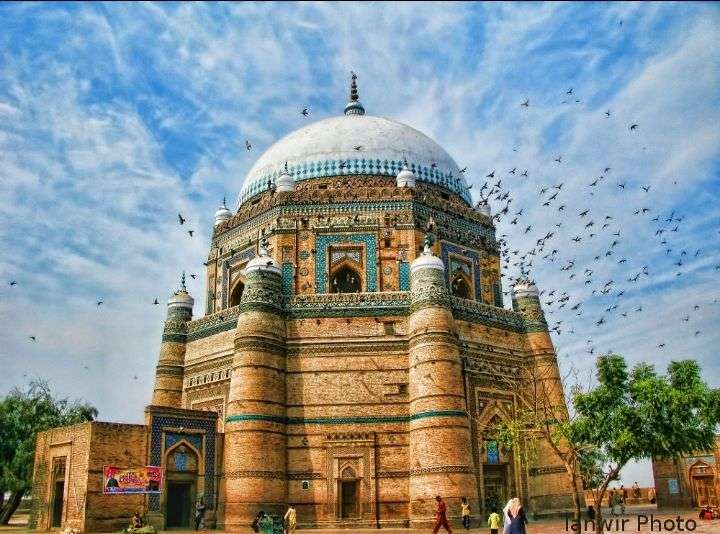
Historically, Multan has been a melting pot of various civilizations, including the Greeks, Persians, Arabs, and Mughals. The city’s iconic landmarks, such as the Multan Fort and the Qasim Bagh, stand as testaments to its rich architectural heritage. The mausoleum of Shah Rukn-e-Alam, a revered Sufi saint, is another prominent religious and historical site that attracts pilgrims and tourists alike.
Cultural Heritage and food speacilities
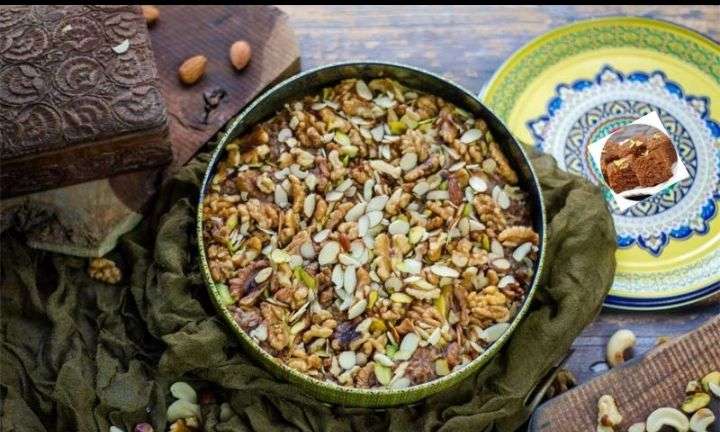
Multan’s diverse cultural heritage is reflected in its festivals, music, and traditional celebrations. The city’s cuisine, influenced by its multicultural history, offers a delightful array of flavors, with local specialties like Sohan Halwa and Multani Chaat being popular among locals and visitors alike.
Economic Hub at the Crossroads
In addition to its cultural significance, Multan is also an important economic hub, playing a key role in Pakistan’s trade and commerce. The city’s strategic location at the crossroads of major trade routes has contributed to its historical prosperity.
Warm Hospitality and Timeless Charm
Multan’s warm hospitality, cultural richness, and historical significance make it a captivating destination for those seeking to explore the roots of South Asian civilization and experience the unique blend of tradition and modernity that defines this ancient city.
famous places to visit in multan
Multan, with its rich history and cultural heritage, offers several notable tourist attractions. Here are some of the famous and best places to visit in the city:
Multan Fort:
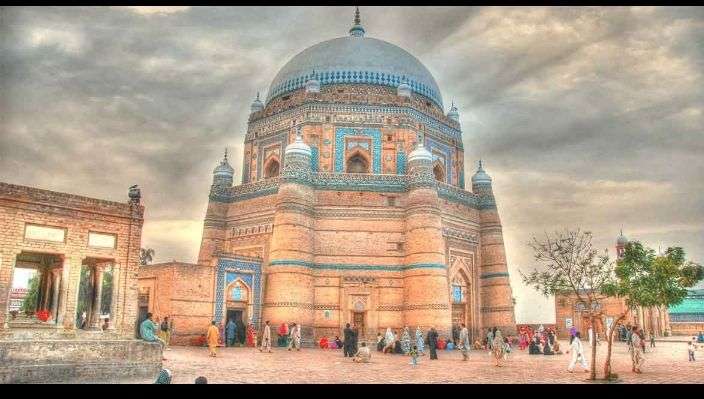
Multan Fort is a historical landmark that dates back to the era of the Delhi Sultanate. Known for its impressive architecture, the fort has witnessed various rulers and civilizations. It provides panoramic views of the city and is a great spot for history enthusiasts.
Shah Rukn-e-Alam’s Mausoleum:
The mausoleum of Shah Rukn-e-Alam, a revered Sufi saint, is a masterpiece of Islamic architecture. The tomb is adorned with intricate blue and white tiles, and its impressive dome dominates the skyline. Pilgrims and tourists visit this spiritual site seeking blessings and marveling at its beauty.
Qasim Bagh:
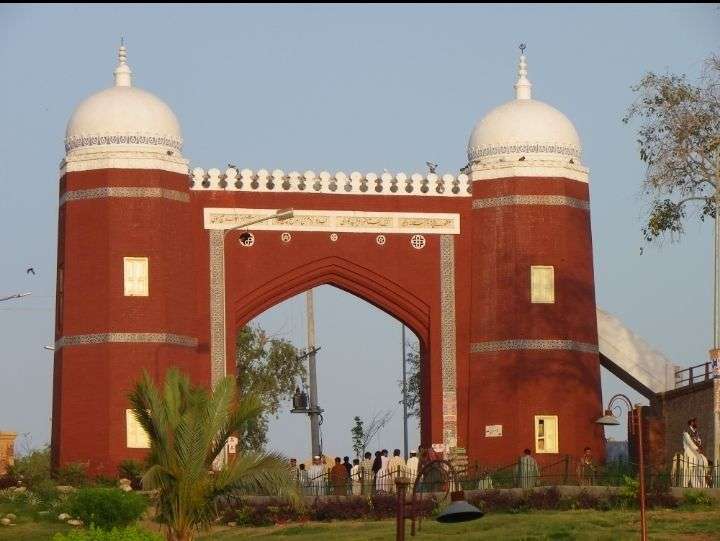
Qasim Bagh is a large garden and recreational area with historical significance. It was initially laid out by the British during their rule. The garden hosts various events and festivals and is a popular spot for locals and visitors to unwind and enjoy the greenery.
Multan Museum:
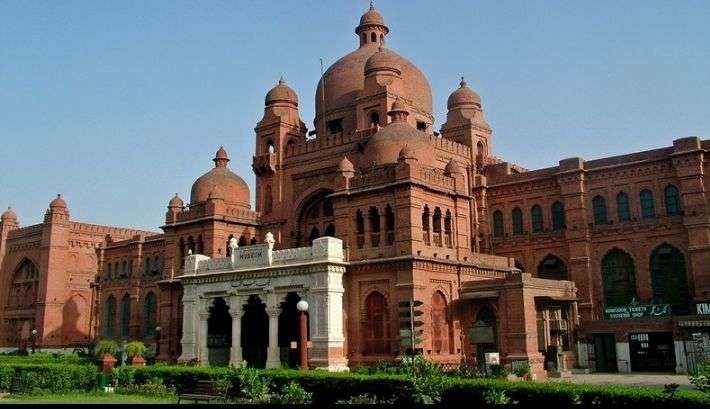
For those interested in the history and culture of Multan, the Multan Museum is a must-visit. It houses a diverse collection of artifacts, including coins, manuscripts, pottery, and items from the Harappa civilization, providing insights into the region’s rich past.
Ghanta Ghar (Clock Tower):
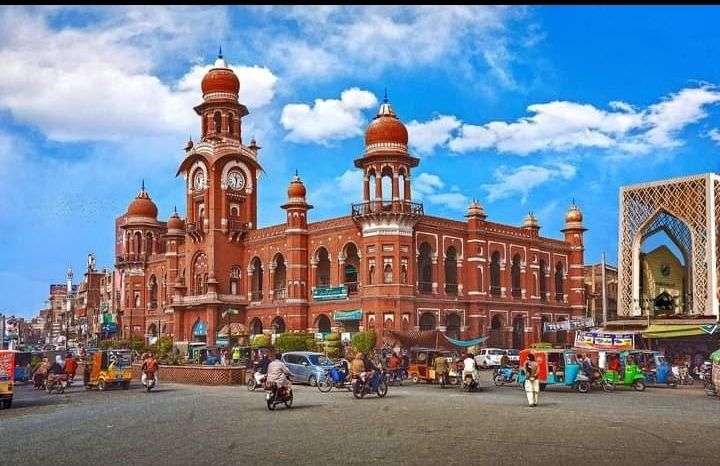
Ghanta Ghar, located in the heart of Multan, is a bustling market area with the iconic Clock Tower as its centerpiece. The market is a vibrant place where locals and tourists can explore a variety of goods, from traditional handicrafts to modern merchandise.
Shahi Eid Gah Mosque:
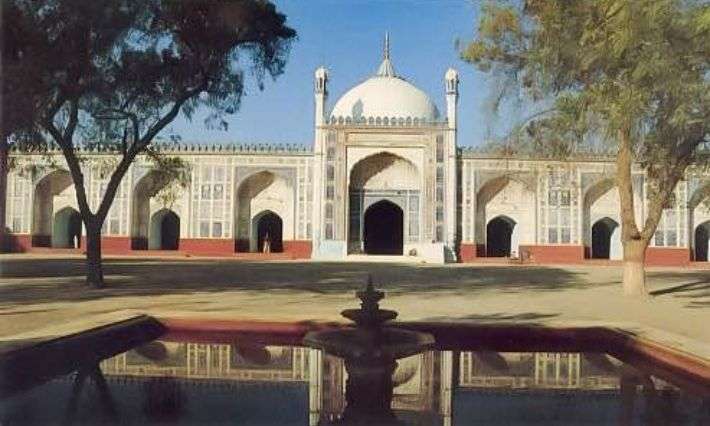
This historic mosque is known for its grand architecture and large prayer area. It is particularly famous for the grand Eid prayers that take place here, attracting a significant number of worshippers during festive occasions.
Chowk Bazaar:
Chowk Bazaar is a vibrant marketplace where visitors can experience the local culture and shop for traditional Multani handicrafts, textiles, and pottery. It’s an excellent place to immerse oneself in the lively atmosphere of the city.
Haram Gate:
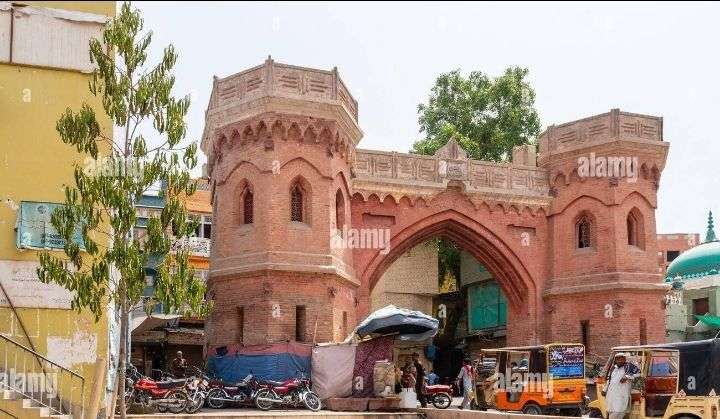
One of the historical gates of Multan, Haram Gate, is an architectural gem. It reflects the city’s ancient charm and serves as a reminder of Multan’s significance as a trade and cultural hub.
Baha-ud-din Zakariya University:
Established in honor of the Sufi saint Baha-ud-din Zakariya, this university is not only an academic institution but also a beautiful campus with gardens and architectural elements worth exploring.
Multan Cricket Stadium:
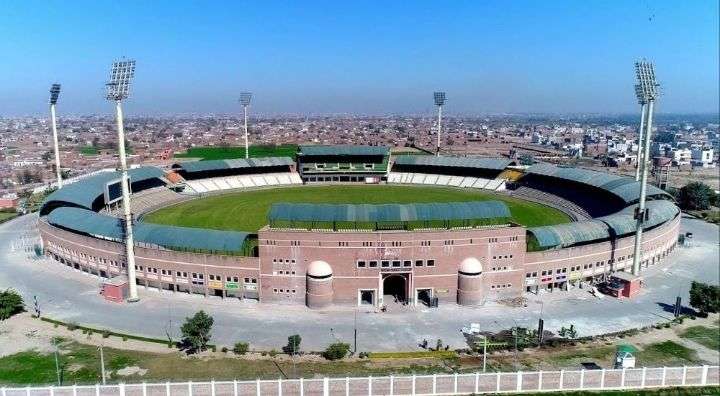
For sports enthusiasts, the Multan Cricket Stadium is a modern facility that hosts cricket matches and events. Visitors can enjoy the vibrant atmosphere during matches and witness the passion for cricket in Pakistan.
Fort Kohna:
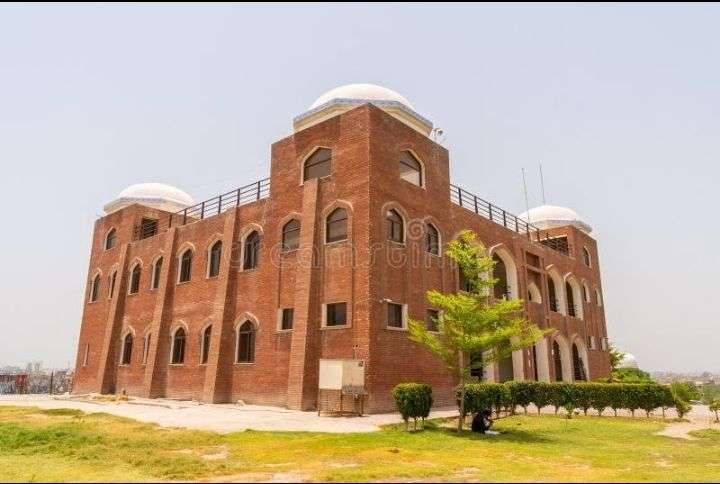
Also known as Old Fort, Fort Kohna is an ancient citadel that predates the Multan Fort. Although in ruins, it offers a glimpse into Multan’s historical defenses and is a site of archaeological interest.
Nishtar Park and Sports Complex:
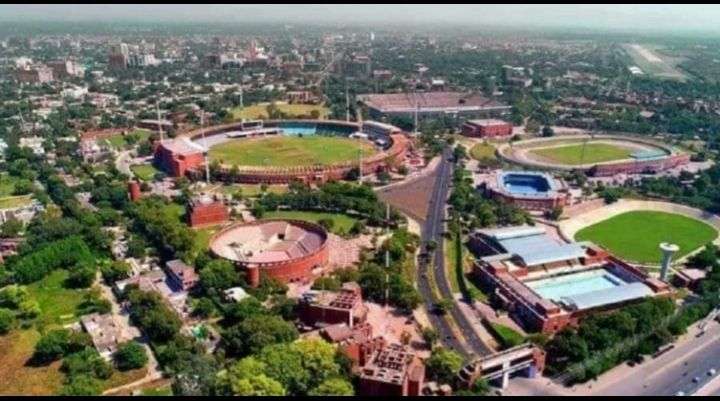
This large park and sports complex provide a recreational space for locals and tourists alike. It’s an ideal place for a leisurely stroll, picnics, and various outdoor activities.
Loha Pol (Iron Gate):
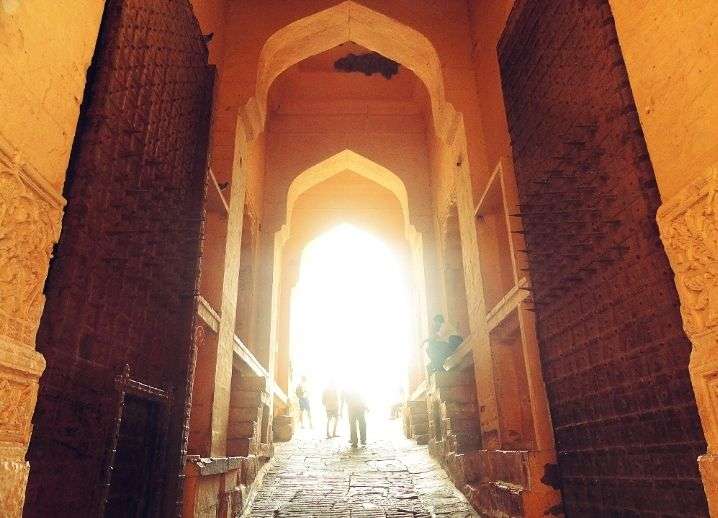
Loha Pol is one of the historic gates of Multan, known for its robust construction. It’s a reminder of the city’s defensive structures and adds to the architectural diversity of Multan.
Multan’s Shrines:
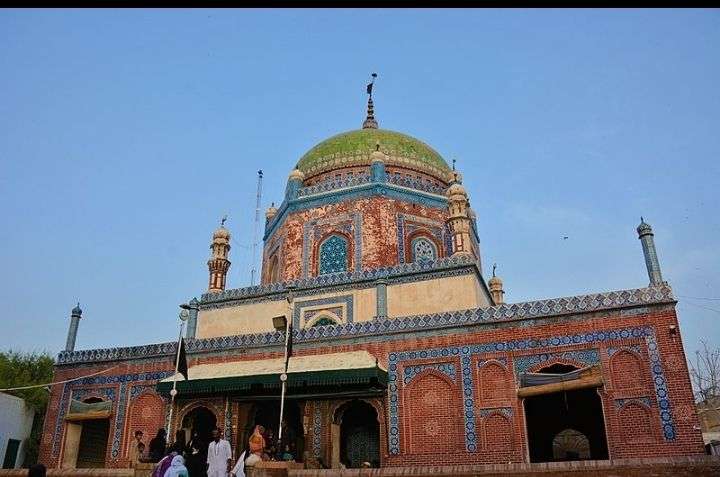
Multan is often called the “City of Saints” due to its numerous Sufi shrines. Apart from Shah Rukn-e-Alam’s shrine, other notable ones include the shrines of Bahauddin Zakariya and Shamsuddin Sabzwari.
Multani Sohan Halwa Shops:
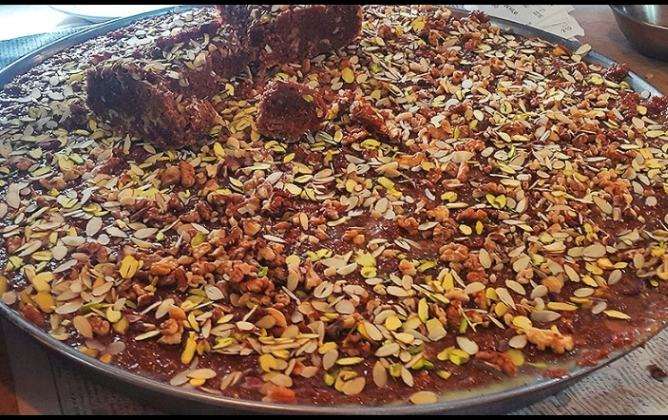
A visit to Multan is incomplete without trying its famous Sohan Halwa. The bustling bazaars, especially in the Chowk Bazaar area, are dotted with shops selling this traditional sweet, making it a delightful experience for food enthusiasts.
Allama Iqbal Open University (AIOU) Multan Campus:
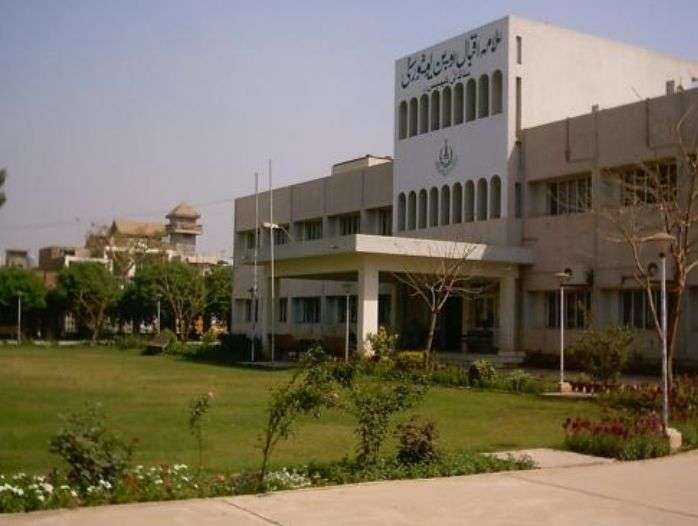
AIOU’s Multan Campus is an educational institution that provides distance learning opportunities. The campus itself is architecturally significant, and it contributes to the academic atmosphere of the city.
Multan Arts Council:
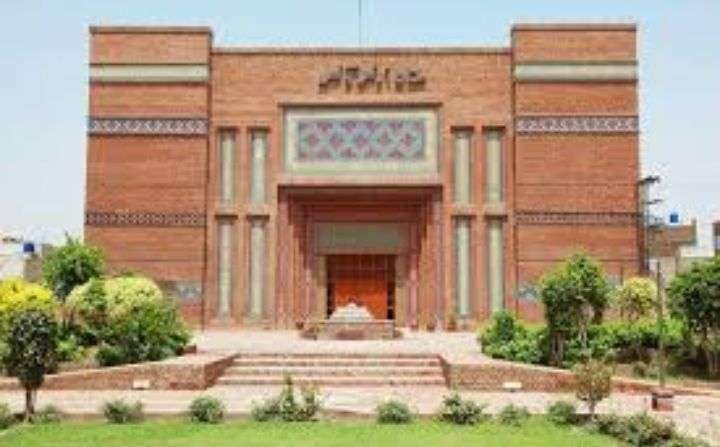
For art lovers, the Multan Arts Council is a cultural hub that hosts exhibitions, performances, and workshops. It’s a platform for promoting and appreciating local artistic talent.
Chauburji:
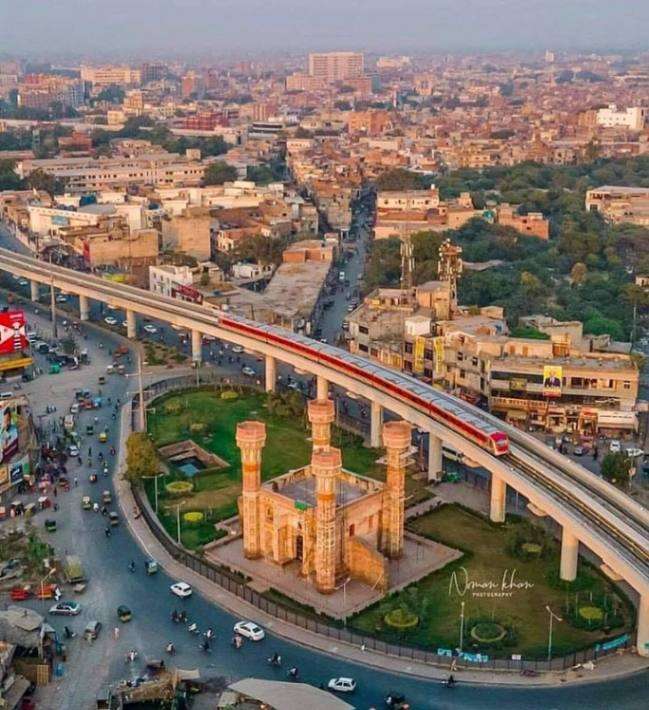
Chauburji, meaning “four towers,” is an ancient Mughal structure with four minarets. Although it’s in a dilapidated state, it reflects the architectural grandeur of the Mughal era.
Multan Railway Station:
The city’s historic railway station is an architectural gem with a blend of colonial and Mughal influences. The station itself is a sight to behold, and the surrounding area is filled with local life and activities.
Multan Garrison Mess:
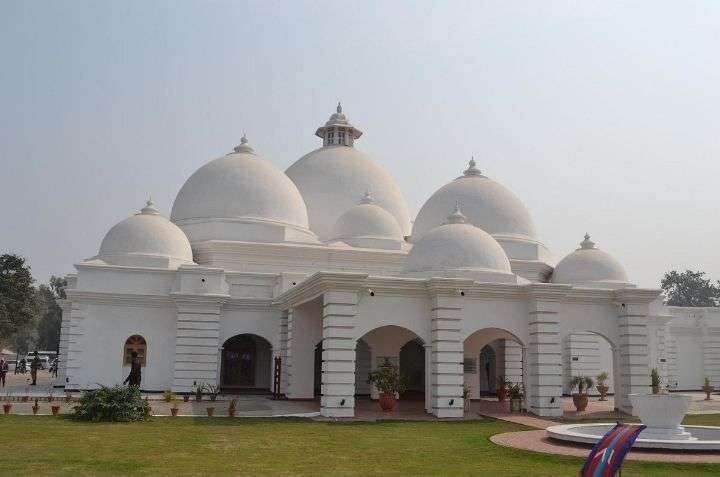
This British-era building is an impressive structure that has served as a mess for military personnel. While not open to the public, its exterior is noteworthy for its colonial architecture.
Damdama:
Damdama is an ancient pond located near the Multan Fort. According to local legends, it is said to have been created by a single kick of Hazrat Bahauddin Zakariya’s horse. The area around Damdama is serene and provides a peaceful escape from the bustling city.
Multan Institute of Cardiology:
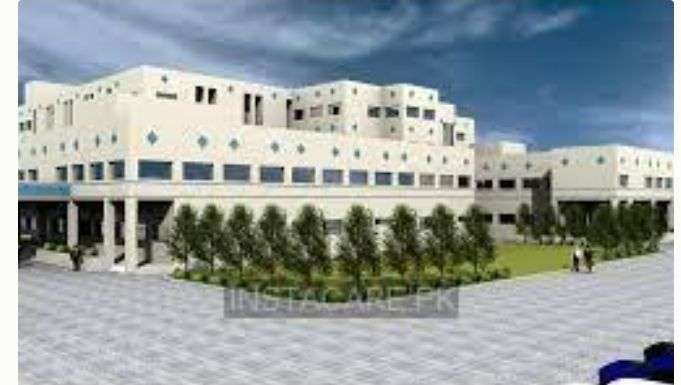
The Multan Institute of Cardiology is not only a medical institution but also features beautiful landscaping and modern architecture. The surrounding greenery and open spaces make it a pleasant place for a quiet walk.
Multan Camel and Horse Farms:
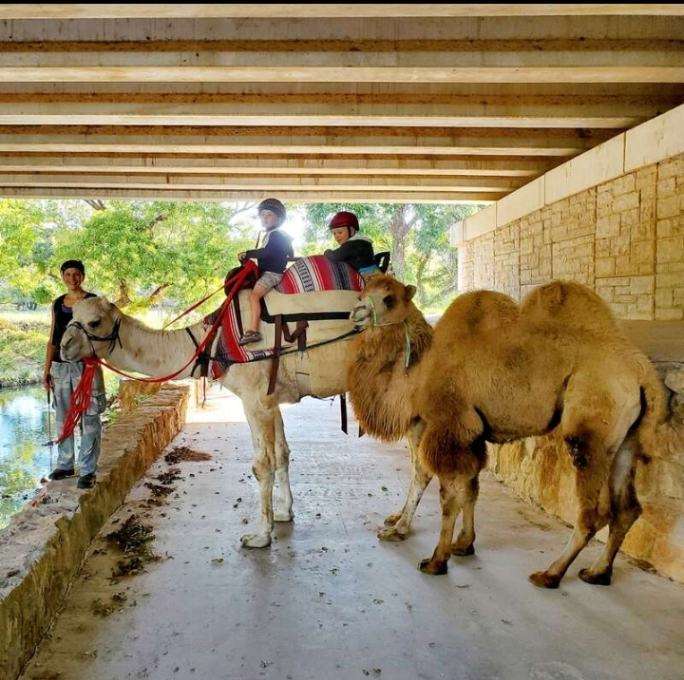
For a unique experience, visitors can explore the camel and horse farms in and around Multan. These farms offer opportunities to interact with these animals and enjoy a different aspect of the local culture.
Ghaus-ul-Azam Institute:
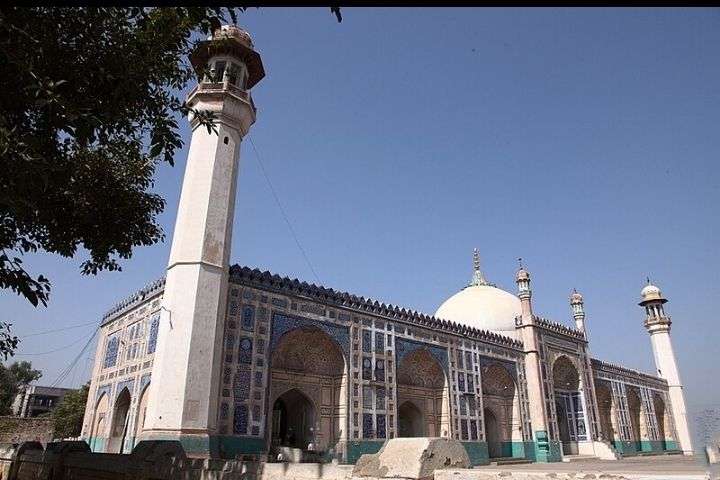
Dedicated to the prominent Sufi saint Abdul Qadir Jilani, the Ghaus-ul-Azam Institute is a religious and educational complex. It attracts pilgrims and visitors interested in the teachings of the saint.
Multan’s Educational Institutions:
Multan is home to various educational institutions, including Bahauddin Zakariya University and Nishtar Medical University. The campuses themselves often have aesthetically pleasing architecture and green surroundings.
Multan Chamber of Commerce and Industry Building:
Another architectural gem from the British colonial era, the Chamber of Commerce building showcases a blend of colonial and local design elements. It stands as a testament to Multan’s historical significance in trade and commerce.
Multan’s Sufi Music Scene:
For those interested in music, Multan has a vibrant Sufi music scene. Various festivals and events celebrate the rich musical heritage of the region, offering a unique experience for music enthusiasts.
Multan’s Street Food Stalls:
The city’s streets are lined with numerous food stalls offering a variety of local delicacies. Exploring these stalls allows visitors to savor the authentic flavors of Multani cuisine, including kebabs, naan, and local desserts.
conclusion
These attractions showcase the multifaceted charm of Multan, combining history, spirituality, and vibrant local culture to create a memorable experience for tourists.
Frequently Asked Questions (FAQ) about Special Foods and Unique Culinary Practices in Multan:
Q: What is unique about Multani cuisine?
A: Multani cuisine is known for its rich flavors and diverse offerings. The use of aromatic spices, particularly in dishes like Sohan Halwa and Multani Kebabs, distinguishes it from other regional cuisines in Pakistan.
Q: Can you tell me more about Sohan Halwa?
A: Sohan Halwa is a traditional sweet delicacy of Multan. It is made from wheat, sugar, ghee (clarified butter), and various nuts. Known for its unique texture and sweetness, Sohan Halwa is a popular treat enjoyed by locals and visitors alike.
Q: Are there any must-try street foods in Multan?
A: Absolutely! Multan’s streets are filled with enticing food stalls offering specialties like Multani Chaat, a tangy and spicy chickpea-based snack, and Dahi Puri, a refreshing dish with yogurt, spices, and crispy puris.
Q: What is the significance of crockery soil in Multani cuisine?
A: Multan is famous for its distinct clay pottery, often referred to as “Multani Mitti.” This unique clay is believed to add a special flavor to certain dishes, especially slow-cooked ones. It’s commonly used in making pots for cooking and serving traditional Multani dishes.
Q: Can you recommend some restaurants that specialize in local cuisine?
A: Certainly! Popular restaurants like “Pakwan House” and “Salt Bae Grill” offer an authentic Multani culinary experience. These establishments showcase a variety of local dishes, ensuring visitors get a taste of the city’s rich gastronomic heritage.
Q: What is the role of spices in Multani cooking?
A: Spices play a crucial role in Multani cuisine, enhancing the flavors of dishes. The use of cardamom, cloves, cinnamon, and other aromatic spices adds depth and richness to various local specialties, creating a unique and memorable dining experience.
Q: Are there any food festivals or events in Multan?
A: Multan hosts various food festivals and events throughout the year, celebrating its culinary heritage. These events showcase a diverse range of dishes, allowing locals and tourists to indulge in the city’s vibrant food culture.
Q: How important is hospitality in Multani dining culture?
A: Hospitality is integral to Multani culture, and this is reflected in its dining traditions. Guests are often treated with warmth and generosity, and sharing meals is a common practice, emphasizing the importance of communal dining experiences.
Q: Can you recommend some traditional drinks to try in Multan?
A: Traditional drinks like Sattu Sharbat (made from roasted gram flour) and Khajoor ka Sharbat (date juice) are refreshing options to try in Multan. These beverages provide a cooling respite, especially during warmer weather.
Exploring the culinary delights of Multan is not just a gastronomic journey but also an immersion into the city’s rich cultural tapestry. Whether it’s the unique use of crockery soil or the aromatic spices in local dishes, Multani cuisine offers a memorable and distinctive experience for food enthusiasts.
Islamabad (Capital City):
Distance: Approximately 580 kilometers (360 miles)
Travel Time (by road): Around 7-8 hours, depending on traffic and route taken.
Lahore:
Distance: Approximately 345 kilometers (215 miles)
Travel Time (by road): Approximately 4-5 hours, subject to road conditions.
Karachi:
Distance: Approximately 1,100 kilometers (680 miles)
Travel Time (by road): A journey by road may take around 14-15 hours, while a flight is a faster option.
Peshawar:
Distance: Approximately 740 kilometers (460 miles)
Travel Time (by road): Approximately 9-10 hours, depending on road conditions.
Quetta:
Distance: Approximately 770 kilometers (480 miles)
Travel Time (by road): Around 11-12 hours, considering road conditions.

Safnaa has been working in the travel industry for over a decade, and her expertise and knowledge are reflected in the high-quality content and resources available on travelstutor.com. She is dedicated to providing travelers with accurate and up-to-date information on destinations, accommodations, transportation, and activities, ensuring that they have the best possible travel experience.

